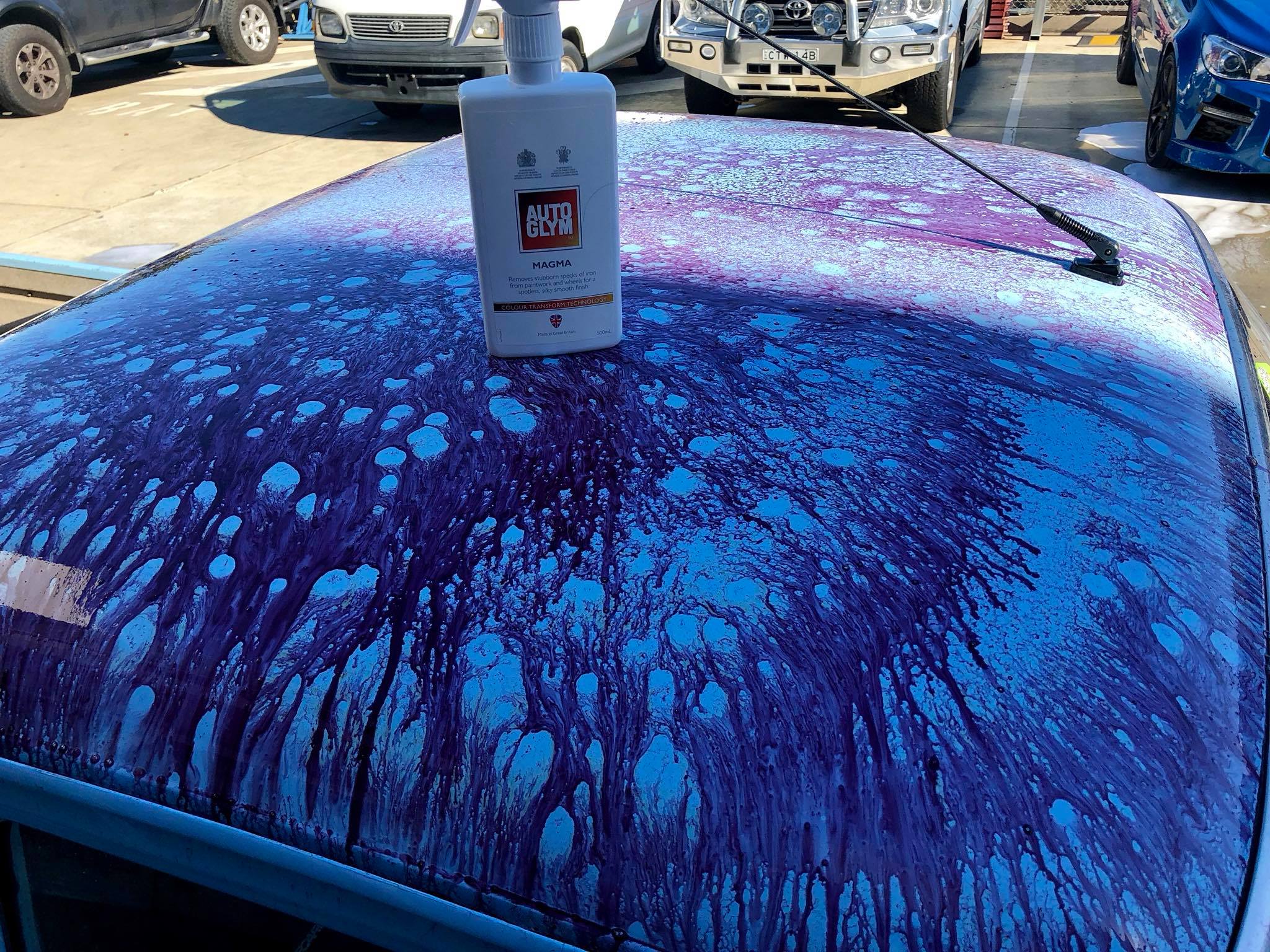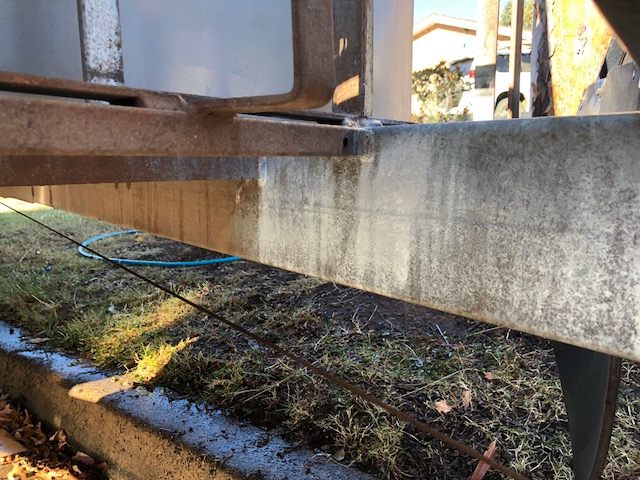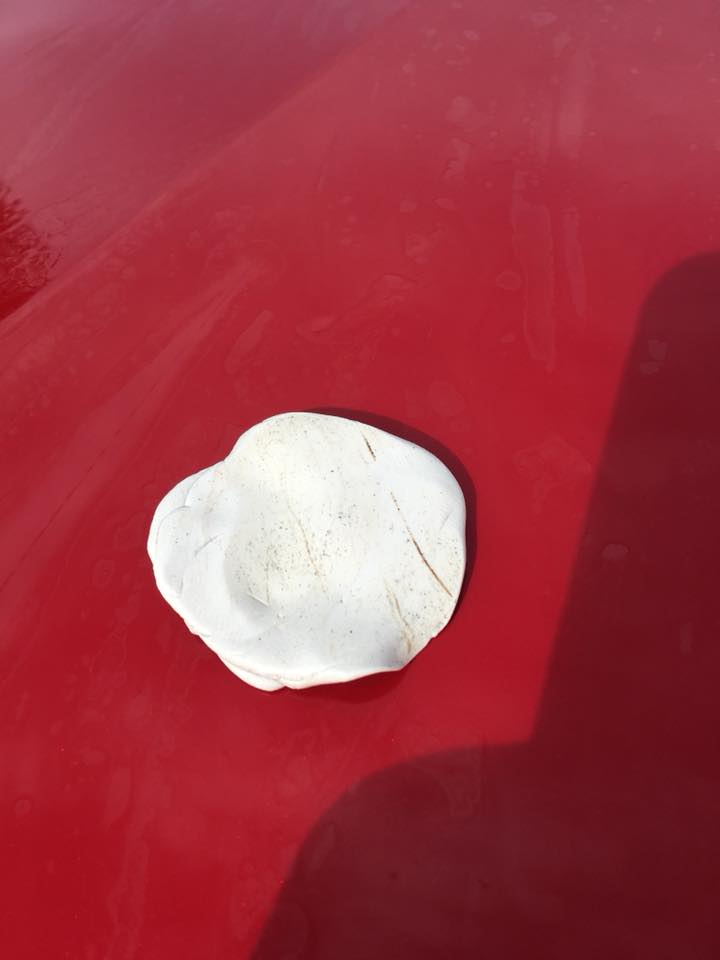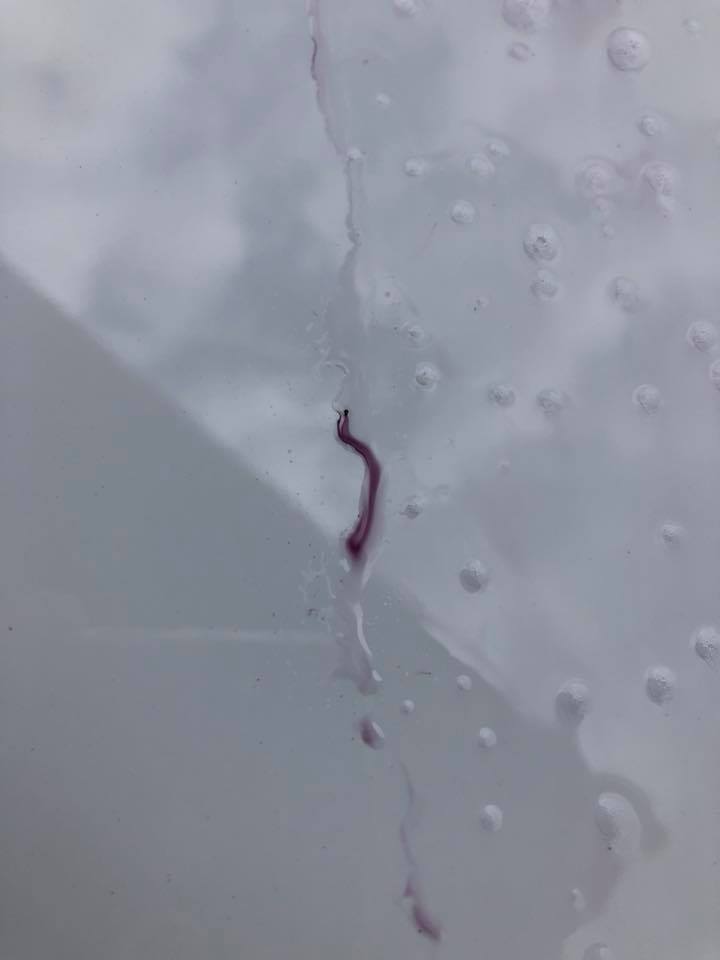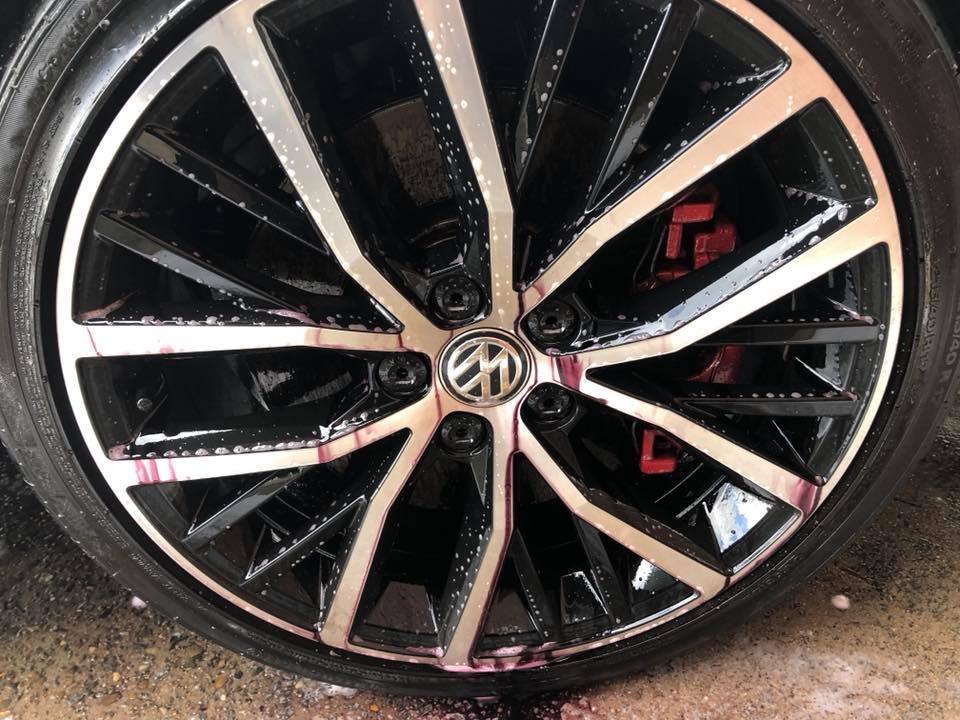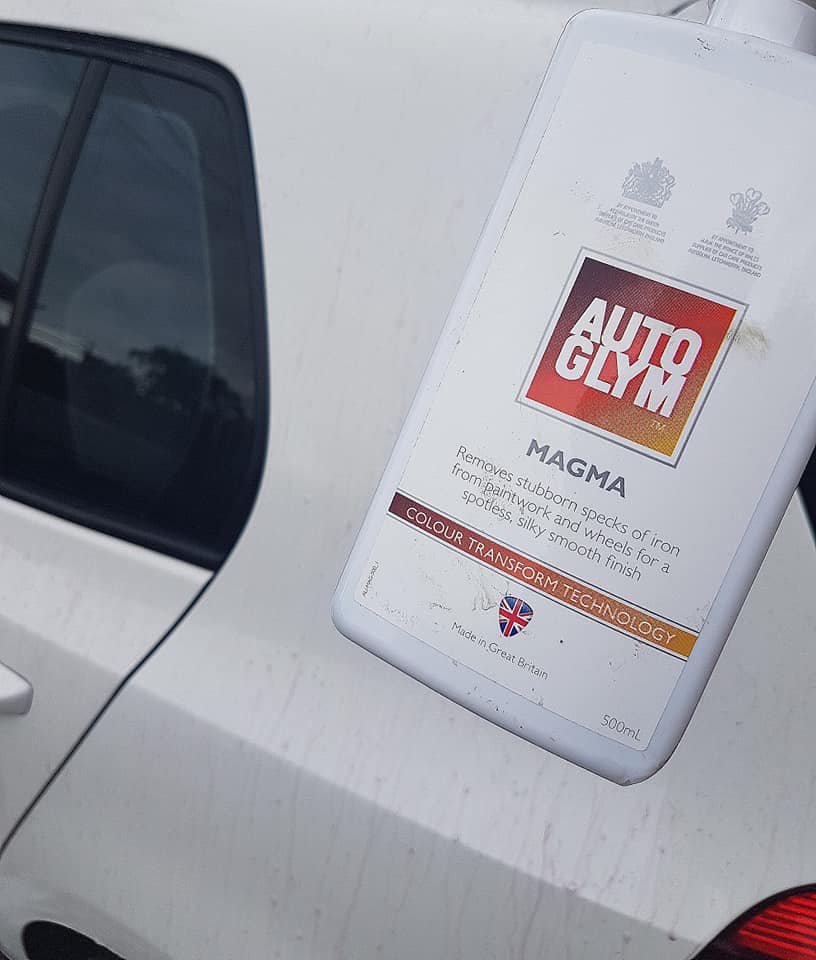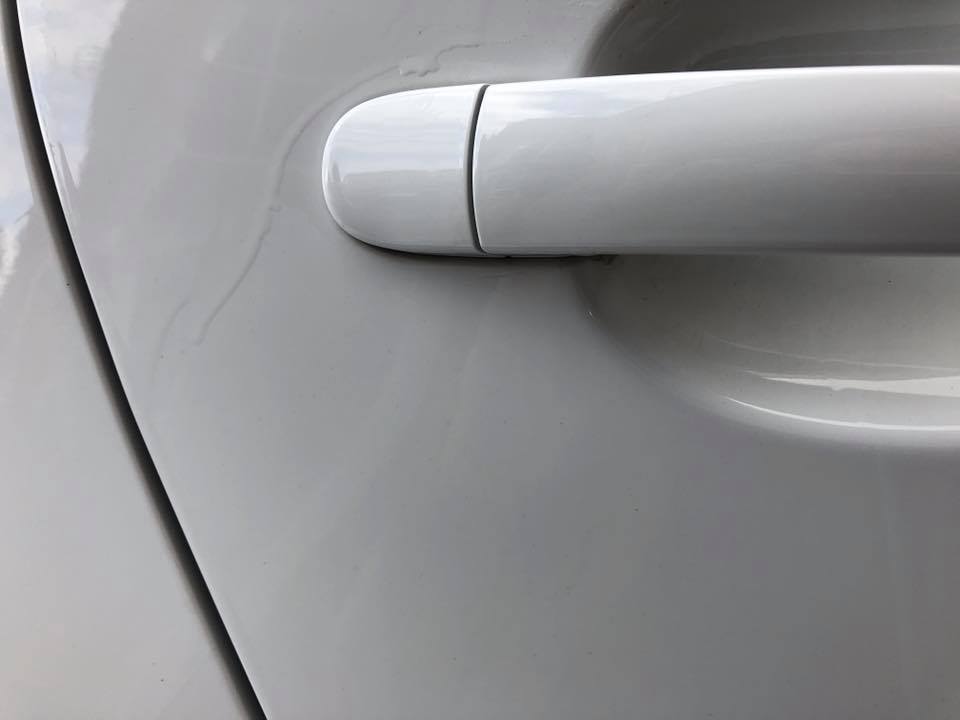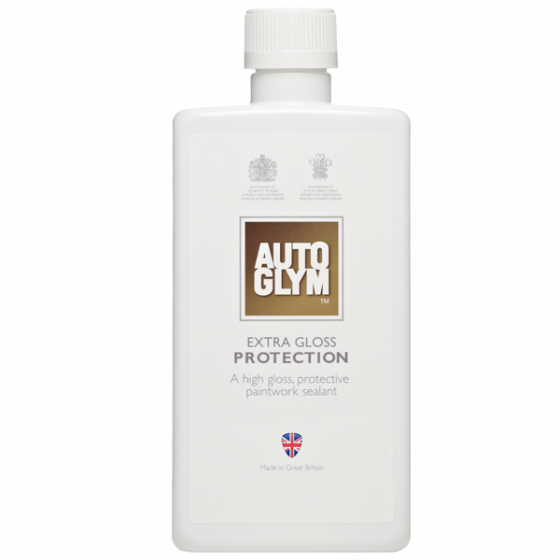Iron Fallout is the dirty secret of car care. It’s an increasing problem not only for city cars but rural drivers areas as well. Fortunately, it is a problem that we can now shed light on and treat quickly and easily.
What is Iron Fallout?
Iron Fallout is essentially tiny iron particles that land on a vehicle and bond with the clear coat. Most particles are usually invisible to the naked eye; however, some can be seen as small black spots on the paintwork that are not removed on a wash. In fact, washing and polishing will not remove the iron fallout particles.
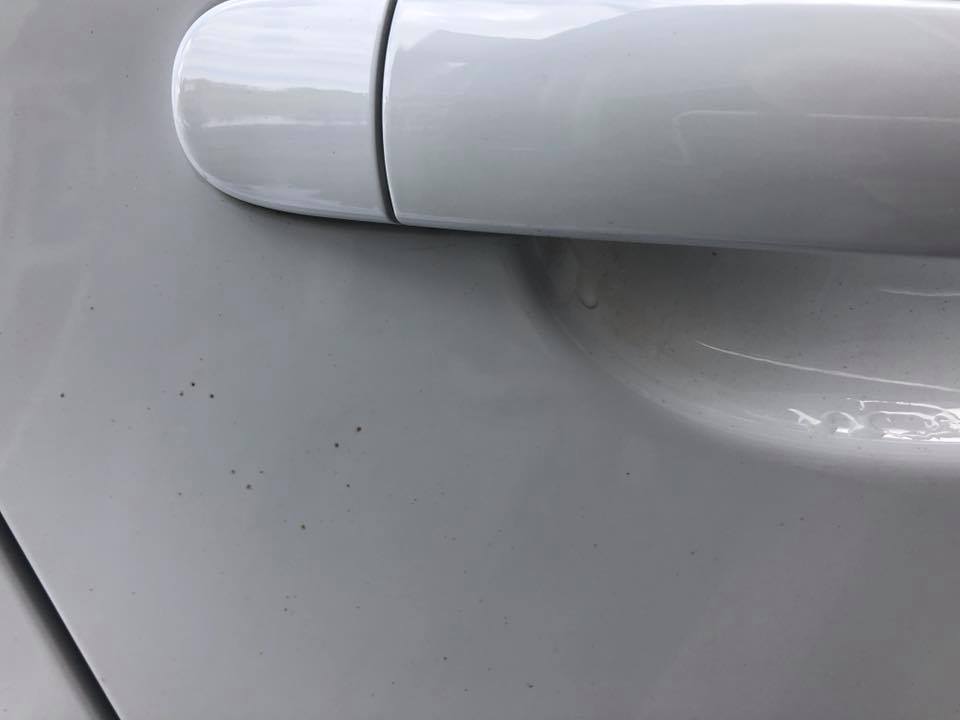
Depending on the state of the iron particle dictates how badly bonded to your clear coat they become. Cold or cooled iron particles don’t adhere as well as hot freshly created ones, recently released from braking components or industrial sites. These are particular nasty and can essentially dig deep into the clear coat and remain there for years if left untreated.
Where does Iron Fallout usually come from?
Iron Fallout can happen in many areas and conditions around the country.
In the city, vehicles are subjected to fallout from multiple sources including
- Construction areas where iron beams are cut and welded
- Road works, including heavy machines being run next to vehicles
- Airports where planes fly overhead
- Near railways where trains grind into the tracks
- The vehicle itself, usually from braking components
Even country drivers can be affected by Iron Fallout without realising it. Iron Fallout can come from:
- Red Dust – the red is the iron in the dirt and is very hard to remove, and
- Mines – open cast mines can pollute large areas with Iron Fallout
Why is it important to remove Iron Fallout?
For most drivers, they would never know their vehicle is covered in Iron Fallout. They do however notice when their vehicle becomes harder to clean, doesn’t seem to become as clean as it did when it was new. Contaminated vehicles also get dirtier quicker.
Think of Iron Fallout as grit on your car. The tiny particles protruding from your paintwork, grabbing dirt from the air, breaking through wax coatings and generally sticking around to make cleaning life difficult. Even though you can’t see them they affect your cleaning routine and look of your vehicle.
Removing Iron Fallout, the hard way.
The only way to remove Iron Fallout traditionally has been a long, slow and invisible process.
Up until now clay bars have been the only way to effectively remove bonded fallout from a clear coat without the need for invasive chemicals used by professionals. Clay bars work by passing the clay bar over a lubricated layer on the paintwork. The effect of the clay is to grab and pull out the small particle as it passes over.
Even though this process works well and provides a noticeable difference, the downside to using clay blocks is it’s a slow, arduous process. Unless you are diligent in where you have been with the clay bar, you are guaranteed to miss areas.
Due to this time consuming process, lack of understanding on how a clay bar works and trepidation on working a clay block, many vehicles never get treated.
Magma and Liquid Clay Clever Chemistry
As the iron particle breaks away it immediately starts to react with oxygen in the air, creating Iron Oxide, or more commonly known as rust. The way Magma and Liquid Clay work is through a process of reverse oxidation to loosen and break the bond between the two and allow the iron to become free.
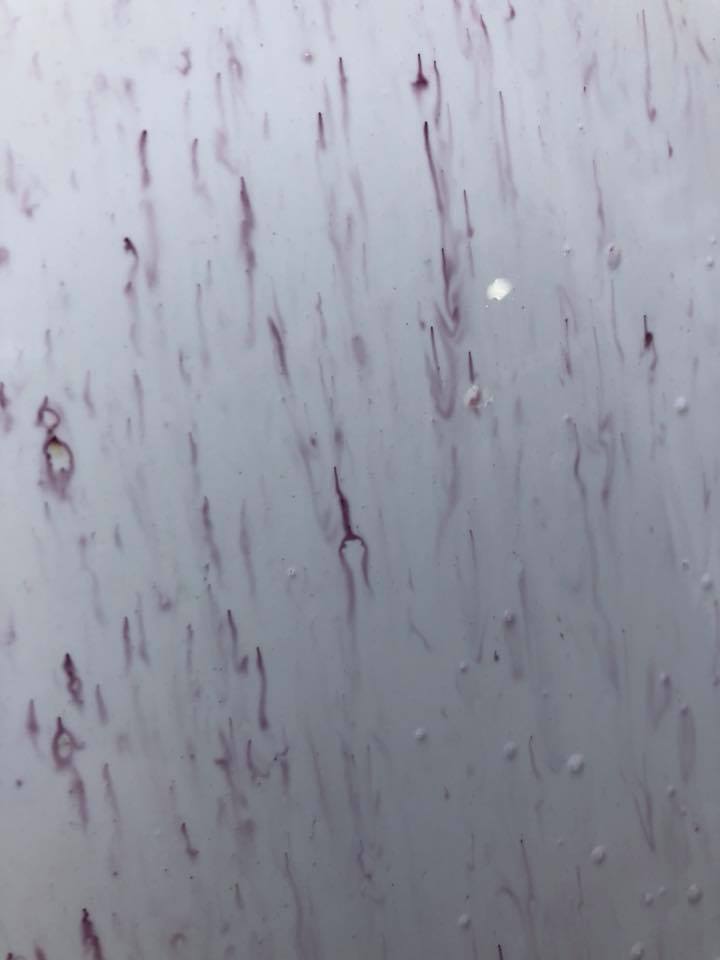
The magenta reactive colouring you see appearing after spraying, identifies where the Iron Fallout is on the vehicle. Having no cleaning properties itself, its job is to highlight where there is fallout and treat accordingly. Depending on severity of the fallout depends on the volume of colour shown. If the vehicle is badly contaminated then a second spray may be needed, however, the reactive colouring should show marked improvements.
Magma & Liquid Clay Difference
Magma and Liquid Clay is unlike many iron fallout removers on the market, as it doesn’t contain certain acids that others do. This includes those marketed as wheel cleaners. This allows Magma and Liquid Clay to be used on the whole body and not limited to wheels alone.
How to Use Magma & Liquid Clay
Both Magma and Liquid Clay are ready to use formulas so no dilution is required. The pH Neutral formula is safe on waxes and polishes so it can be sprayed directly on vehicles already treated to combat Iron Fallout on wax.
What if a car has an aftermarket coating?
If the vehicle has a coating then check the manufacturers guidelines on products that can be used to clean the vehicle during the warrenty period. Many require a pH Neutral formula which Magma and Liquid Clay are.
STEP 1 – Preparation
Wash and dry the vehicle as you normally would. Magma and Liquid Clay work better on dry cars as the formula can concentrate more on the Iron Fallout – and not be either diluted by surface water or working on dirt that could be removed with a wash.
STEP 2 – Application
We recommend using Magma and Liquid Clay before any polishing your vehicle.
Spray directly onto the vehicle and allow time for the product to work. Over the space of 10 minutes you will see a change of colouring where Iron Fallout is present. Allow Magma and Liquid Clay to work as long as possible without allowing it to dry. If it does dry, then just hydrate with water or more product if required.
STEP 3 – Agitation if required
For lightly contaminated vehicles just hose off Magma or Liquid Clay. Focus on areas of exposed metal such as door hinges on older vehicles, handles and unprotected areas. These areas will have more colour residue left.
For heavily contaminated vehicles, agitate with a clean microfiber wash mitt. This agitation will help loosen the chemical bond the Iron Fallout has with the vehicle. Once done, rinse off as normal.
Depending on what is needed, proceed with either a polish or a wax, or if waxed recently, just dry the vehicle and you are finished.
Conclusion
Your vehicle will always be under attack from Iron Fallout, it’s just the nature of our environment and living conditions. The trick is to ensure your vehicle is decontaminated fully, which is made much easier and quicker with Magma or Liquid Clay.
The other important factor is to ensure your vehicle is protected as much as possible with a good coat of wax. This will decrease the likelihood of Iron Fallout bonding to the clear coat, and make it easier to keep the car clean for longer.

